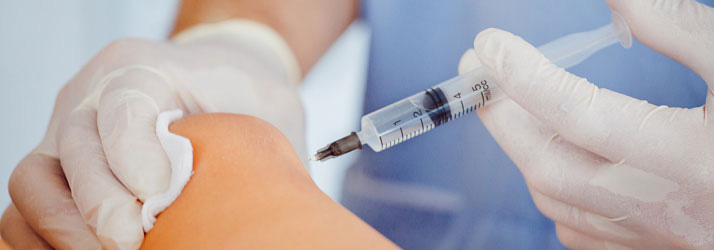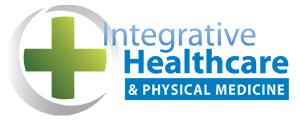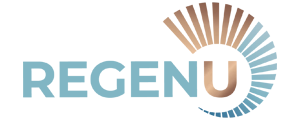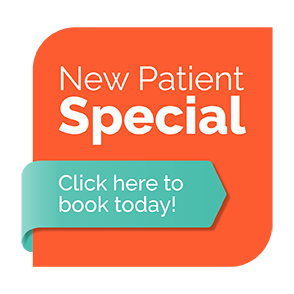Platelet Rich Plasma in Ocala

PRP therapy is advised for patients with pain during acute or chronic conditions such as: Osteoarthritis in any joint or Tendonopathy (tendonitis, torn tissue) in any ligament or tendon. Acute injuries can also be treated successfully with PRP. Injuries commonly treated with PRP therapy include: rotator cuff, quadriceps, hamstrings, Achilles tendon injuries, knee ligamentous injuries and tennis elbow. Essentially any tendon or ligament injury except complete tears may be treated successfully with PRP.
PRP therapy in Ocala is exactly the treatment needed to reduce the downtime of the athlete or individual while also reducing the chance of re-injury or perhaps, the risk of a more serious injury that will result in surgical intervention or permanent disability.
Does The Treatment Consist of 1 Injection or Multiple Injections?
This is ultimately decided on a case-by-case basis. The provider may use an MRI or Ultrasound results to determine the number of injections. Typically you will get between 1-3 injections, however some severe cases may require up to five injections.
What is the Cost of PRP? Does My Insurance Cover PRP Injections?
Our financial counselor will work with you to determine if your insurance will cover the cost of PRP, or if you will need to pay out of pocket for the therapy. Due to the regenerative nature of this therapy, other forms of therapies may be included to help combine and compliment the healing nature of the platelets. Please talk with our financial counselor for more detailed information.
What Can I Expect Right After the PRP Injection?
If the injection is in your right knee, ankle, or foot you MAY NOT be allowed to drive home. If the injection is located in any other body part, you may drive yourself home. You may also be prescribed manipulative therapy and/or physical therapy to help you regain your strength, mobility, and function of the area and other areas directly connected with the dysfunctional joint and/or tendon. Manipulative therapy and/or physical therapy may last approximately 4-12 weeks depending on the severity of your condition. Your insurance company usually covers these manual therapies. You may ice the area for the first 24 hours only as needed post injection.
What Prep Work Is Needed Prior To The PRP Injection(s)?
Staying well hydrated is necessary and vital to the outcome of PRP therapy. The harvesting of the platelet(s) quality is directly affected to the hydration of all the cells and the tissues. Because the white tissue (discs, ligaments and tendons) not having an adequate blood supply, its elasticity and function depends greatly on the hydration of the individual. Lastly, the more hydrated the better the quality of the cells and their ability to repair and regenerate tissue. It is important that you maximize the consumption of water (64 oz. of H20) a solid week prior to the PRP therapy process and refrain from toxic rich food and beverages (high carb, low protein, high sugar).
What About Resuming Physical Activity After The PRP Injection?
Do not return to activities that directly affect the injected site too soon, as they may diminish the quality of your results. Perform activity as tolerated until your follow-up visit.
How Soon Will I Have To Schedule My Follow-Up Visit?
The provider will want to see you back in clinic to check your progress about 4 weeks following the injection. At this time the series of PRP injections will be addressed at that 4th week.
Can I Take My Normal Medications Before and After The Injection?
Do not use any NON-STERIODAL (NSAIDS) medications containing ibuprofen, naproxen, aspirin, or other prescription anti-inflammatory medicines such as: Motrin, Advil, Aleve, Voltaren, Mobic, Flexril, Daypro, Feldene, Lodine, Etodolac, Orudis, or Ansaid for 7 days prior to the procedure. You may resume these medication(s) 10 days after the procedure. If you are not sure if a medication should be taken, please call the office at 352-369-6325. Otherwise, Tylenol/acetaminophen is allowed as needed for pain.
Will I Feel Immediate Results From PRP Therapy?
You may feel a notable increase in discomfort in the days immediately following the injection. Pain intensity becomes less each day as functional mobility and general functional ability increase along with your endurance and strength. You will notice gradual improvement 2-6 weeks after PRP therapy. Some patients report ongoing improvement 6-9 months after PRP therapy is administered. In some studies, Ultrasound and MRI images have shown definitive tissue repair has occurred after PRP therapy, supporting the proof of the healing process. By treating injured tissues before the damage progresses, surgical intervention may be avoided.
Post PRP Procedure Discharge Instructions
- Keep the injection site clean, dry, and covered with a Band-Aid for 24 hours. You may shower at any time, but afterwards, dry the area thoroughly and then re-apply a Band-Aid for 24 hours.
- ICE IS YOUR FRIEND!!!! You may apply ice to the injection site for about 20 minutes every 2-3 hours the first 24 hours!
- Avoid heating the injection area for 3-4 days as this may increase inflammation and cause more pain.
- You may not experience immediate relief from your PRP injection. Some patients will experience a post-injection flare due to your immune system being hyper-stimulated. This may make the first 24-48 hours after the injection very uncomfortable. This is the reason to use ice, as well as Tylenol (as directed on the bottle). If you start getting very sore within a few hours after the injection, please begin using your Tylenol immediately! It is much easier to stay ahead of pain, rather than trying to wait and catch up. Ultram may be advised as well.
- Do not use any NON-STERIODAL (NSAIDS) medications containing ibuprofen, naproxen, aspirin, or other prescription anti-inflammatory medicines such as: Motrin, Advil, Aleve, Voltaren, Mobic, Flexril, Daypro, Feldene, Lodine, Etodolac, Orudis, or Ansaid for 7 days prior to the procedure. You may resume these medication(s) 10 days after the procedure. If you are not sure if a medication should be taken, please call the office at 352-369-6325. Otherwise, Tylenol/acetaminophen or Ultram is allowed as needed for pain.
- You may experience some localized swelling and bruising at the injection site. This is normal and may take up to 3-7 days to resolve.
- Call the provider if you develop drainage from the injection site, notice increasing redness or discharge around the injection site, or if you develop a fever greater than 100.4 degrees Fahrenheit.
- You will be given instructions prior to leaving the procedure room on what sort of physical activity you may or may not engage in.
- In general, for upper extremity procedures do not do any strenuous, repetitive motion, pulling, tugging, grasping or gripping with the upper extremity and avoid strenuous weight bearing work/exercises with the hips, knees or ankles until re-evaluated at your next medical visit.
- For lower extremity procedures such as injections into the hip, thigh, knee, ankle, and foot, you may need to use crutches for a day or so depending on the amount of discomfort that you have post-procedure. If bearing weight increases your pain, use the crutches until you can walk without an increase in pain.
- You may drive home from the procedure if you had an upper extremity injection without a nerve block and drive an automatic transmission.
- It is strongly recommended that if you have a lower extremity procedure, you have someone drive you home.
Call our team at Integrative Healthcare & Physical Medicine, Ocala at (352) 369-6325 today to schedule an appointment.
OFFICE HOURS
Monday
7:30am - 12:00pm
2:00pm - 6:00pm
Tuesday
8:30am - 12:30pm
Wednesday
7:30am - 12:00pm
2:00pm - 6:00pm
Thursday
2:00pm - 6:00pm
Friday
7:30am - 12:30pm
Saturday
Closed
Integrative Healthcare & Physical Medicine, Ocala
3256 S Pine Ave Suite 301/302
Ocala, FL 34471





